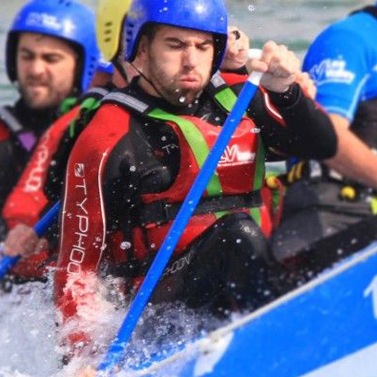What Makes Winter Pickleball Different from Other Seasons in Terms of the Player Experience?
Ball Behaves Differently, Transforming Every Game into an Icy Adventure on the Court
Winter pickleball is an entirely different ball game! Every serve and volley have a refreshing zing from the cool air, which transforms every point into an exciting journey. In the cold, the ball behaves differently, necessitating more dexterity in shots. It’s a welcome diversion from the sweltering summertime heat. Yes, things pick up speed, and you’ll find that your reflexes are your best ally.
However, there’s something special about facing the bitter cold in the company of other athletes, transforming every game into a communal, icy adventure on the court. Pickleball, but with a cold twist!
Creates a Unique Community Feeling
Winter pickleball is different from other seasons because it brings a unique challenge and a strong sense of friendship among players. As someone who loves the game, I’ve noticed that playing in the winter means dealing with cold weather and tricky court conditions. This makes each match more exciting and requires players to be more careful and strategic.
But it’s not just about the game. Winter pickleball creates a unique community feeling. Since fewer people play in the winter, players get to know each other well and support one another. The shared experience of facing the challenges of winter weather makes the bond among players stronger. It’s not just a sport; it’s a chance to build lasting friendships with people who share the same love for pickleball, no matter the season.
Less Visibility Makes It a Fun and Challenging Experience
In winter pickleball, the visibility is less making it a fun and challenging experience for many players. Having low visibility affects your ability to gauge and track the ball accurately with a direct impact on the way you execute the shot and your reaction time. During winter, it takes a greater effort to navigate around the court’s boundaries as well as anticipate your opponent’s next move, and demands an overall better focus than usual.
Winter pickleball makes players rely heavily on their skills and senses, due to the minimal lighting which adds an extra layer of challenge and in my opinion, more fun.
Grip and Racket Feel in Cold Weather and Off-Court Preparation
Grip and Racket Feel in Cold Weather
The drop in temperature during winter can significantly affect a player’s grip on the pickleball paddle and the overall feel of the racket. Cold weather tends to make surfaces, including the handle, harder and less pliable, leading to potential challenges in maintaining a secure grip. To counter this, players may opt for specialized grips that offer better traction in cold conditions.
Additionally, subtle adjustments to playing techniques, such as a firmer grip or modifications in stroke mechanics, become essential to ensure a consistent and controlled hold on the racket. Adapting to these changes becomes crucial for players aiming to maintain their performance standards and maneuverability on the court, even in chilly weather.
Off-Court Preparation
Winter brings a unique set of challenges that necessitate additional off-court preparation for pickleball players. The colder temperatures demand more extensive warm-up routines to combat stiffness and enhance flexibility. Players may find that extra time is needed to stretch and limber up their muscles effectively. This preparation is vital not only for preventing injuries but also for optimizing performance during winter pickleball sessions.
Incorporating dynamic stretches and specific exercises that target the muscles used in pickleball can enhance blood circulation and joint mobility, ensuring that players step onto the court physically primed and ready to tackle the unique demands imposed by winter conditions. This off-court dedication becomes a key component in a player’s strategy to maintain peak performance throughout the colder months.




